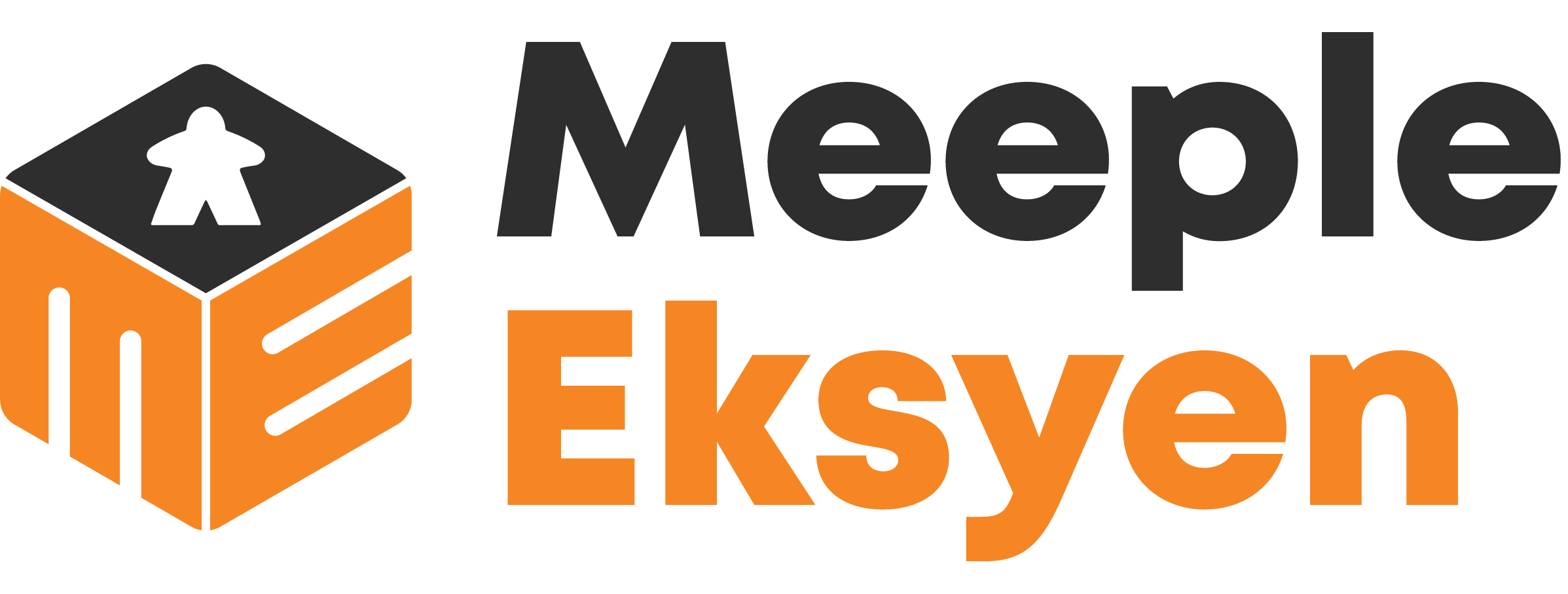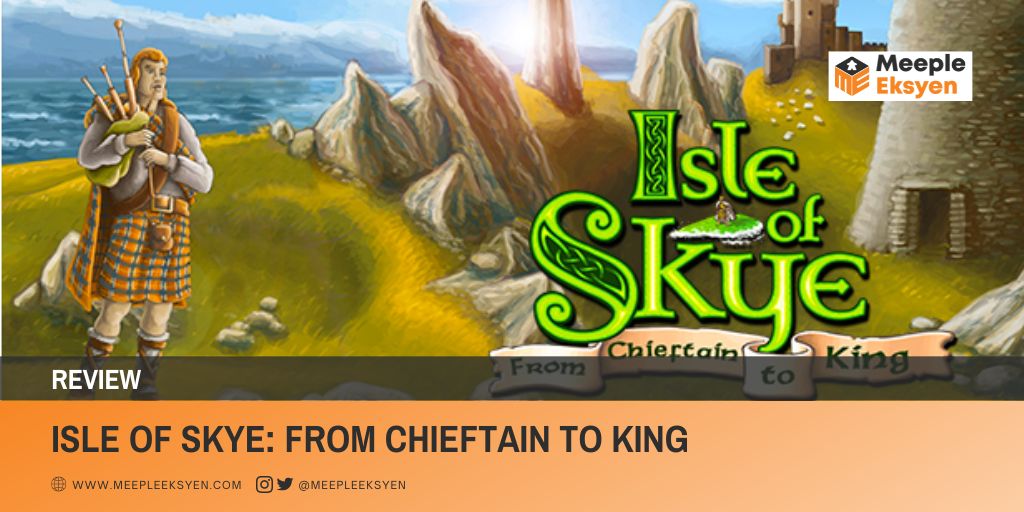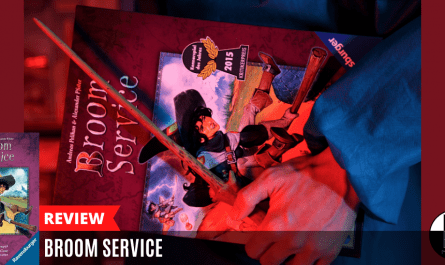After some donkey’s years since the last time I played Isle of Skye: From Chieftain to King, this game at last hit our table one more time. I have to admit, during that long period of absence, I started to miss this Alexander Pfister’s and Andreas Pelikan’s creation. Feeling inadequate with only the core game, two expansions arrived at some point afterwards to bring us something new along the basis game.
Published in 2015, my playing group and I have already encountered and played a long list of new games. Nevertheless, Isle of Skye still surprisingly packed a punch and blew us again. It always puts the players in a situation that requires unique decision-making processes like no other game has.
Despite only bringing the common tile-placement mechanic with landscape printed on it, Isle of Skye still delivers something interesting from its core box. The buy and sell/auction activities in this game has a similar vibe close to ‘drafting’ mechanic, an aspect that’s unique and fun to explore deeper.
Players need to observe the landscape of their opponents, and accordingly decide how much money they want to place on each tile. We take roles as seller and buyer simultaneously. Sometimes, sacrifice is necessary, and some tiles need to get rid out, too.
It’s refreshing to look at the decision-making flow in this part. Thanks to this interaction, they must be constantly aware of the demand and supply.
Another noteworthy aspect from the core game is the variable scoring condition. Basically, there are four scoring conditions randomly picked for a game, and each will be scored three times. Hence, players can create their own strategy accordingly, placing tiles to expand and change their landscape. This aspect has a good synergy and supports the aforementioned gaming mechanic. Moreover, the variable scoring also leads to high replay value.
Isle of SKYE’s expansions for extra experiences
The Journeyman expansion arrived two years after the core game release. This expansion converts the game to be more complex, and it demands the players to think even more. The journeyman markers act as some sort of connector between and to the landscape built by the players. Additionally, the player board becomes like an engine, making it a new element to consider in the Isle of Skye. Hence, the gameplay is much more strategic, and there are more layers in the planning along the way.
Personally, I think the Journeyman can be a good companion for the Isle of Skye core box. It is quite synergic with the whole idea of the game.
Nevertheless, players need more time to play the game with this expansion, since it immensely increases the game length. I will only play with the journeymen when I am really missing the game.
A year after the release of the Journeyman expansion, they also published the Druids. The second expansion brings some new key-points into the game; it enhances the game to be better, but still brings out the original experience from the core box itself. Isle of Skye has now more options and variability in the gameplay without necessarily adding complexity. Thus, they successfully keep the gameplay as elegant as it has been.
Verdict
For me, Isle of Skye earns a place on the list of the best tile-placement and city-building games. Meanwhile, I believe both its expansions also offer extra challenges and adds new feels to the overall gameplay. The Journeyman expansion is an optional buy, you can purchase it if you really like the game. Nevertheless, for me, I would not play Isle of Skye without the second expansion: Druids — it completes the game in a good way, pushing it to give better experience.




